What might a Zero Carbon Llanberis look like?
Early draft, work still in progress
What would a zero carbon Llanberis look like, if we were to choose to power Llanberis with zero carbon energy in order to stop burning fossil fuels and therefore doing our part in reducing the environmental damage associated with climate change?
The following thought experiment tries to anwer this question by looking at Llanberis within the context of the national ZeroCarbonBritain scenario developed by The Centre for Alternative Technology in Machynlleth.
One of the questions I am interested in is how to think about the question of local energy supply, how much of our energy should we aim to generate locally and how much might we import from further afield. What are the opportunities for climate action in our own homes and local communities, and what are the oppertunities that require initiative at a wider scale?
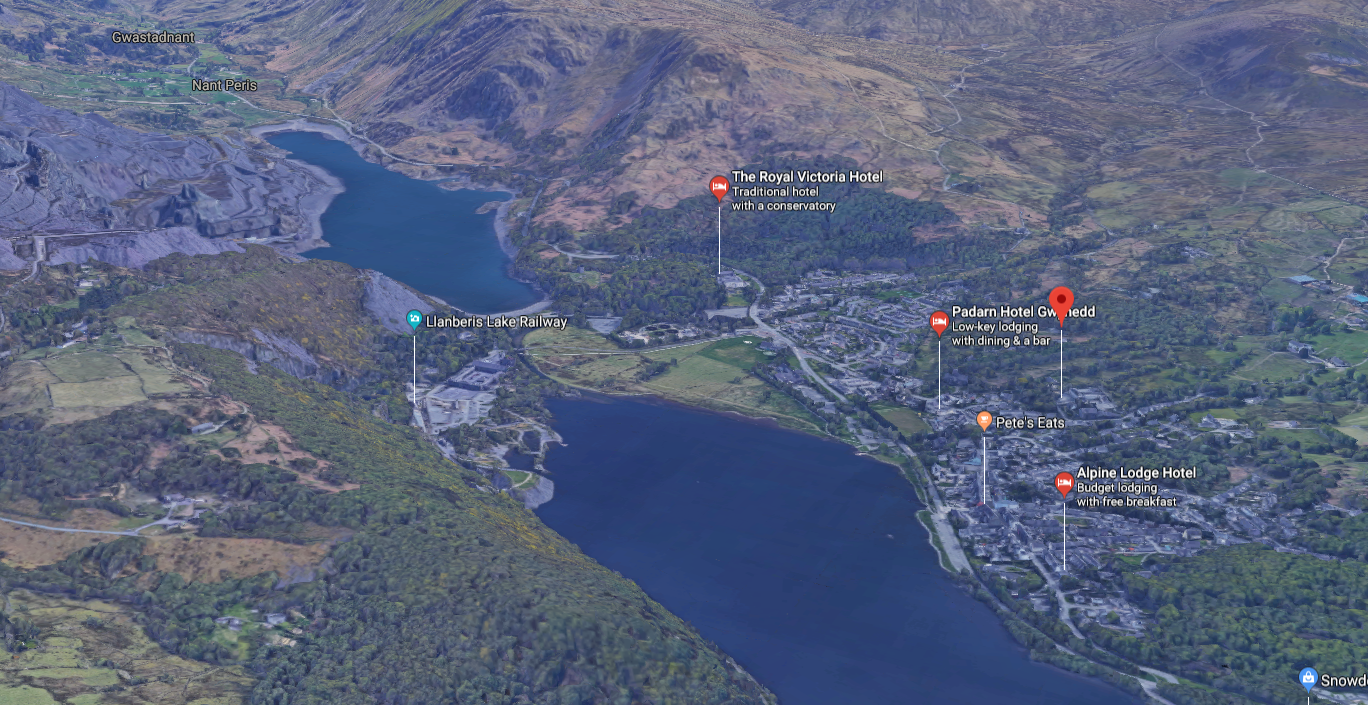
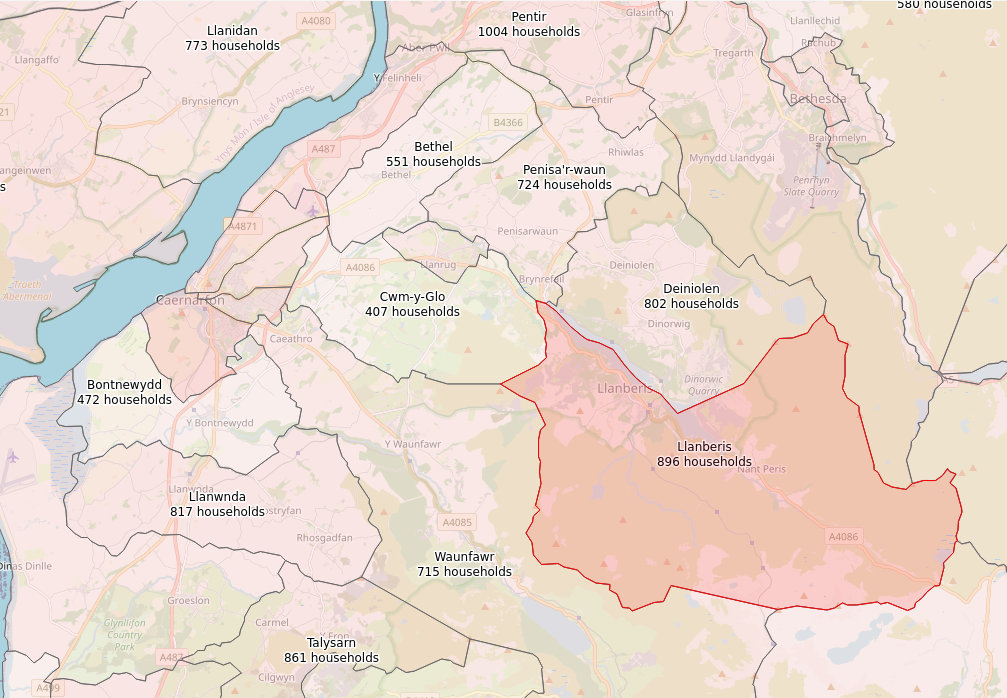
Energy and carbon in Llanberis today
The Llanberis and Nant Peris boundary has 896 households, a wide range of businesses: cafes, shops, guest houses, hotels, manufacturing of medical equipment at Siemens and climbing gear at DMM, a school, surgery and two steam and diesel trains. It also hosts a significant part of national energy infrastructure, the dinorwig pump hydro station.
As a starting point, in the absence of a detailed energy audit. We can estimate the area’s energy demand and carbon emissions very roughly by scaling national figures by proportion of the number of local households.
| National | Llanberis | |
|---|---|---|
| GHG Emissions | 452 MtCO2e | 14600 tCO2e |
| Electricity | 351 TWh | 11.4 GWh (4.0 GWh domestic, 3800 kWh/household) |
| Gas | 581 TWh | 19 GWh (10.2 GWh domestic, 11,400 kWh/household) |
| Oil | 896 TWh | 29 GWh (10 GWh domestic, 5 GWh aviation) |
| Coal | 28 TWh | 1 GWh |
| Bioenergy | 59 TWh | 2 GWh |
Of the 11.4 GWh of electricity demand, on a national average basis, we would be getting about 21% from wind, solar and hydro, 19% from nuclear, 11% from bioenergy (of which about half comes from drax wood chip’s). The remaining 49% would be coming from mostly gas power stations, plus a little from oil and coal.
Local micro & small hydro
Our mountainous terrain and wet weather has made it a perfect place for small hydro projects (and very large pumped hydro projects!). The Llanberis and Nant peris ward boundary includes the following micro and small hydro projects. Most of the projects generation capacities and outputs were listed in their planning applications.
| Capacity | Output | Capacity Factor | |
|---|---|---|---|
| Ynni Padarn Peris | 50 kW | 0.18 GWh | 41% |
| Padarn Hydro | 100 kW | 0.31 GWh | 35% |
| Afon Gafr, Nant Peris | 376 kW | 1.03 GWh | 31% |
| Afon Dudodyn, Nant Peris | 350 kW | 1.10 GWh | 36% |
| Afon Las, Nant Peris | 100 kW | 0.464 GWh | 53% |
| Afon Gennog, Nant Peris | 100 kW | 0.277 GWh | 32% |
| Total | 1076 kW | 3.361 GWh |
Adding these projects together suggests an output that is roughly ~30% of the local electricity demand (or 84% of local domestic electricity demand). This is higher than the national average from wind, solar and hydro of 21%, but still some way from meeting all of our needs.
How do we get to zero carbon?
ZeroCarbonBritain
The following gives one example of a way we could reach this goal - following the ZeroCarbonBritain scenario I mentioned earlier.
There are a lot of different ways to get to zero, there is not necessarily a single right way.
It's possible to construct scenarios that use more or less energy and have completely different mixes of generation technologies and assumptions around how much of demand is electrified to name a few of the many variables.
Power down
The ZeroCarbonBritain scenario starts with reducing energy consumption by insulating buildings, using more public transport, and flying less. Then, heat pumps and electric vehicles reduce energy consumption further through efficiency. Over the whole scenario, changes like this reduce energy consumption by around 60% compared to today's consumption.
Insulation work, installing heat pumps, improving cycling facilities, electric buses, switching to electric cars, creating electric car clubs and installing electric car charging points are all things that work well as home, local or community projects. Utilising materials and products produced usually at a wider scale of course.
It would be interesting to look in more detail at what level of insulation work is possible on local solid wall stone houses and how to avoid moisture related issues. See my own 'A mid terrace home' discussion and analysis for one on-going case study.
Powering up
|
Offshore Wind: 50% 50% of the energy in the ZeroCarbonBritain scenario comes from offshore wind. This requires 140GW of offshore wind nationally (14x what we have today). Llanberis would need about 4.2 MW of offshore wind. Our nearest offshore wind farm is Gwynt y mor off the Rhyl coast, about 25 miles away. There are 160 x 3.6 MW wind turbines in this wind farm, we would need about 1¼ of these turbines. There are further projects planned extending these wind farms to the west. One is called 'Awel y mor' off the coast of Llandudno, which may add 50x 10 MW wind turbines. We would alternatively need 42% of one of these larger turbines. |
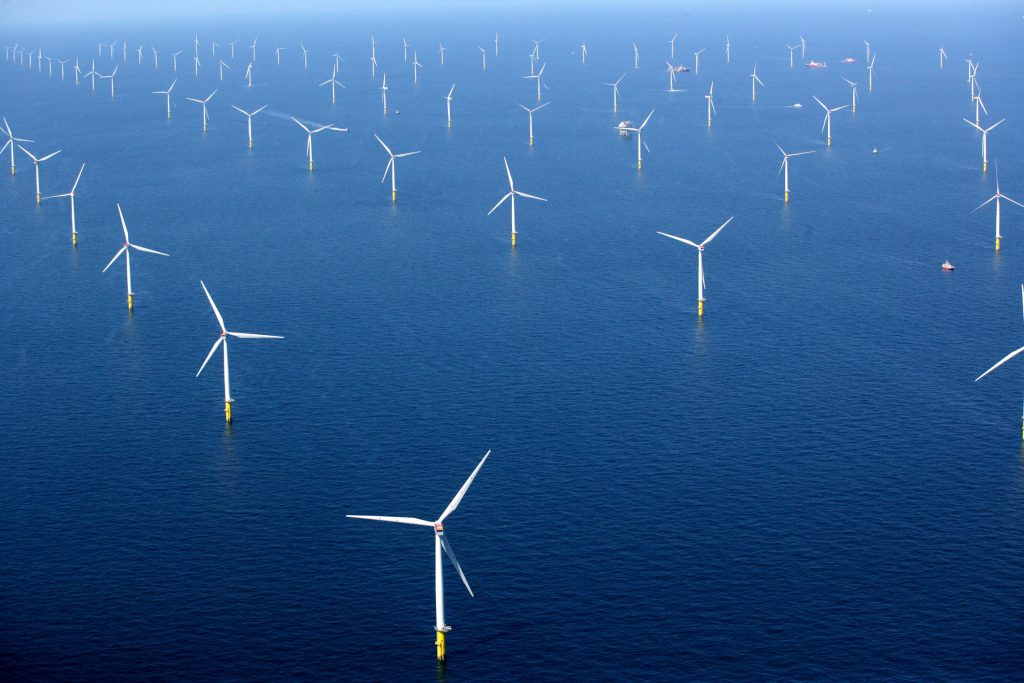
|
|
Onshore Wind: 10% 10% of the energy in the ZeroCarbonBritain scenario comes from onshore wind. This requires 30 GW nationally, about 2x current levels. Llanberis would need about a single 1 MW onshore wind turbine to supply 10% of it's energy demand. To provide a local example, the Moel Maelogan wind farm near Llanrwst has 12x 1.3 MW turbines. Llanberis and Nant peris have about 1 MW of micro and small hydro in place already which could perhaps count in place of an onhore wind turbine - or we could choose to pursue both in order to increase % of energy supplied locally. |
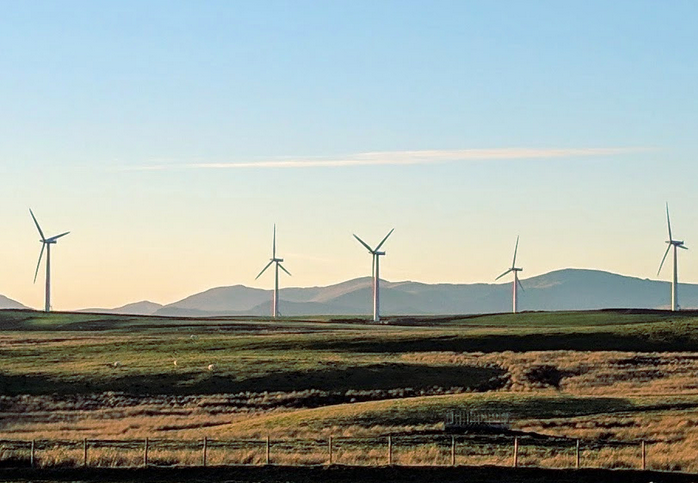
|
|
Solar: 10% 10% of the energy in the ZeroCarbonBritain scenario comes from solar PV and solar thermal. This requires about 120 GW nationally (about 9 times what we have today). Llanberis would need about 3.6 MW of solar pv to supply 10% of it's energy. Perhaps half of this could be installed on homes (2kW per home) and half on larger buildings such DMM, Siemens & local hotels. DMM has already installed a 100 kW solar array on one of it's buildings. |
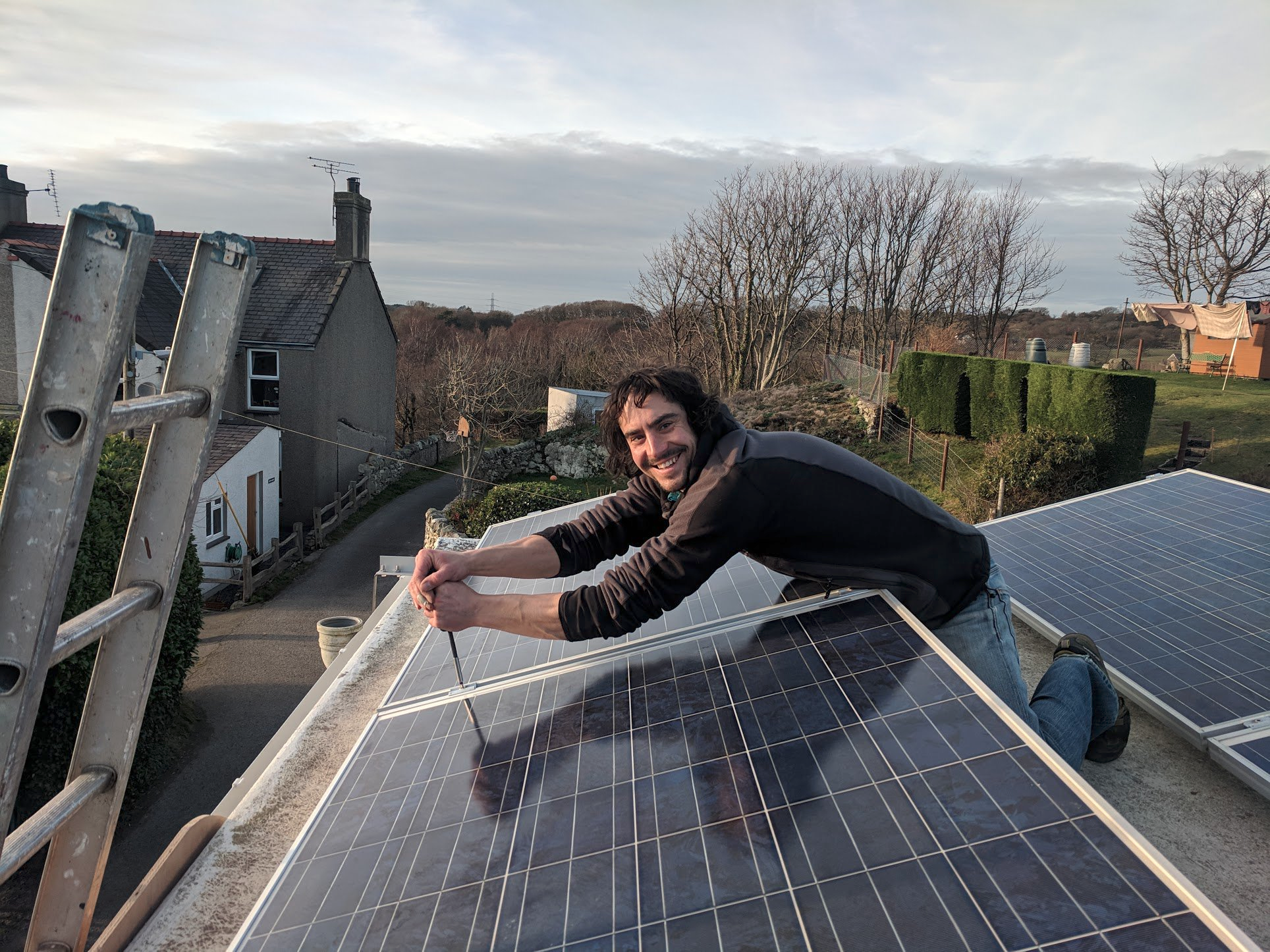
|
|
Local hydro (10% local, 0.75% national) Nationally there is only a limited potential for hydro. The ZeroCarbonBritain scenario suggests a capacity of 3 GW up from 1.9 GW today. The Llanberis share of this capacity would only be about 90 kW. Yet we already have 1076 kW, enough to supply about 10% of our energy requirements. |
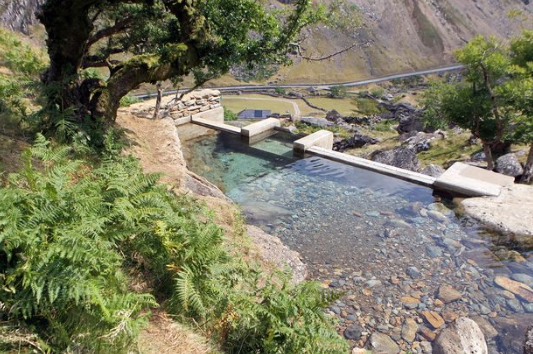
|
|
Wave and Tidal: 10% The ZeroCarbonBritain scenario suggests a significant share from wave and tidal energy, a technology that is still relatively nacent. The Llanberis share of national capacity assumed in the scenario would be 0.3 MW and 0.6MW respectively. The Morlais initiative near Holyhead is piloting this technology with potential for 240 MW of capacity. If fully developed this would represent ~ 17% of the wave and tidal capacity that ZCB suggests for Wales as a whole. |
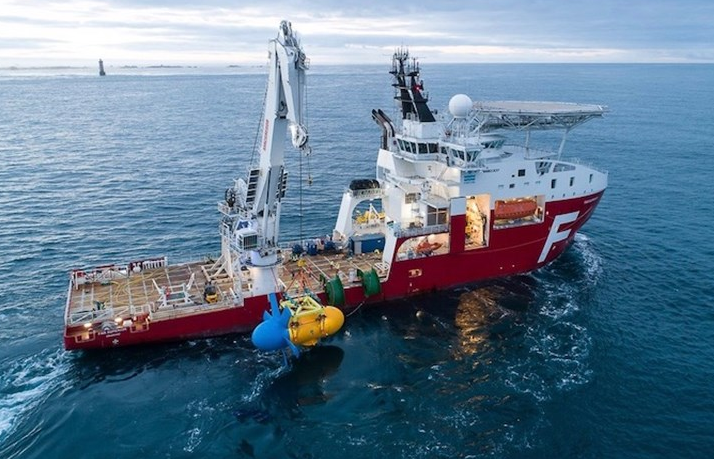
|
|
Biomass: 20% Biomass is mostly used in the ZeroCarbonBritain scenario in the form of biogas and biofuel for backing up the electricity system, industrial process heat and providing liquid fuels for hard to electrify sectors such as aviation and some freight transport. The total quantity of non-waste biomass energy is not that different from the amount of energy we get from biomass today, though different in its composition and source. In terms of land area for biomass, Llanberis would require about 35 hectares of rotational grasses for biogas, 48 ha of miscanthus or short rotation coppice for liquid fuels and 45 ha of short rotation forestry or coppice for direct heat. This is ~3% of the ward boundary land area, further research would be needed to work out what is actually suitable locally. The amount and type of biomass energy in the ZCB scenario is likely to be an area with more uncertainty, it is for example possible to use less biomass if we use more hydrogen directly, although this would require significantly more renewable capacity. |
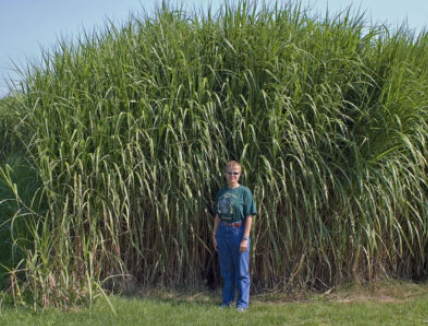
|